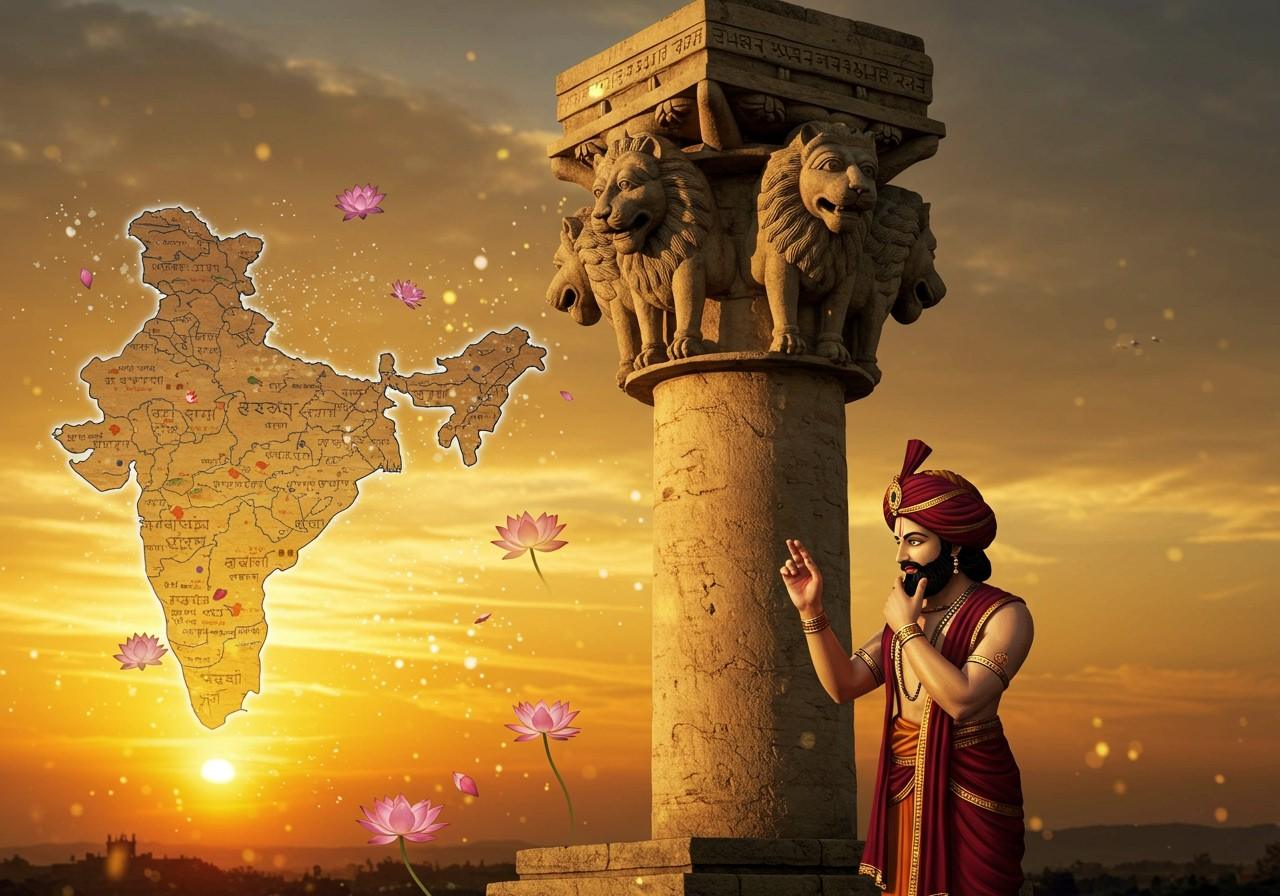
The Ashokan inscriptions, etched onto rocks and pillars across the Indian subcontinent, offer a captivating glimpse into the reign of Emperor Ashoka (304-232 BCE), the third ruler of the Mauryan Empire. These edicts, dating back to the 3rd century BCE, are not merely historical artifacts; they represent a profound shift in imperial governance, reflecting Ashoka’s embrace of Buddhism and his commitment to propagating Dhamma, a philosophy emphasizing righteous conduct and peaceful coexistence.
Ashoka’s Transformation and the Rise of Dhamma
Ashoka’s reign took a dramatic turn following the Kalinga War (circa 261 BCE). The immense suffering he witnessed led him to renounce violence and adopt Buddhism. This transformation deeply influenced his governance, as he sought to instill moral principles within his empire. His concept of Dhamma, although rooted in Buddhist ideals, transcended religious boundaries, promoting universal values such as non-violence, compassion, and respect for all beings.
Seeking to disseminate these principles far and wide, Ashoka commissioned the inscription of his edicts on rock surfaces and meticulously polished pillars. These inscriptions, serving as public proclamations, were strategically placed along trade routes and in prominent locations to reach a diverse audience across his vast empire. The edicts, composed in various languages and scripts, reflect Ashoka’s commitment to inclusivity and effective communication.
Deciphering the Edicts: Languages, Scripts, and Content
The Ashokan edicts showcase a remarkable linguistic diversity, appearing in Prakrit, Greek, and Aramaic. This variety underscores Ashoka’s recognition of the diverse populations under his rule and his desire to ensure his message resonated with all. The most commonly used script was Brahmi, which played a crucial role in disseminating the edicts across the Indian subcontinent. The decipherment of Brahmi by scholars like James Prinsep in the 19th century marked a pivotal moment in understanding these ancient texts, opening a window into Ashoka’s world.
The content of the edicts varies, covering a range of topics from administrative pronouncements to moral exhortations. They provide valuable insights into Ashoka’s administrative policies, his efforts to propagate Dhamma, and his concern for social welfare. Some edicts detail practical measures like establishing hospitals and wells, while others emphasize ethical conduct and religious tolerance.
Major and Minor Rock Edicts: Geographical Distribution
The Ashokan rock edicts are categorized as Major and Minor, each serving a distinct purpose and located strategically. The Major Rock Edicts, typically situated on the frontiers of the Mauryan Empire, address broader themes of Dhamma, imperial policy, and Ashoka’s vision for a righteous society. One of the earliest known edicts, found in Kandahar and dating back to 260 BCE, is a bilingual inscription in Greek and Aramaic, highlighting Ashoka’s international outlook.
The Minor Rock Edicts, distributed more widely across India and Afghanistan, often focus on specific regional concerns and administrative matters. They provide a more localized perspective on Ashoka’s governance and his engagement with diverse communities.
Poojn.in: Connecting You with India’s Rich Spiritual Heritage
At Poojn.in, we offer a wide range of products that resonate with India’s rich spiritual heritage. While we do not offer ancient artifacts, we provide a diverse selection of items to support your personal spiritual practices and deepen your connection with traditions:
- Ashoka Chal Powder: Explore traditional remedies and connect with the botanical heritage of the Ashoka tree.
- Pooja Asans (Meditation Mats): Enhance your meditation practice with comfortable and traditional asans, creating a serene space for reflection.
- Spiritual Sculptures and Idols: Discover beautifully crafted idols and sculptures that inspire reverence and contemplation.
Further Exploration: Delving Deeper into Ashoka’s Legacy
For those eager to delve deeper into the world of Ashoka and his edicts, we recommend exploring these insightful blog posts:
- Chhinnamasta Devi: Rajrappa’s Powerful Goddess – History, Legends & Significance: Explore the rich history and legends surrounding Chhinnamasta Devi.
- Sanskrit Mantras: A Spiritual Language Guide: Discover the power and significance of Sanskrit mantras in spiritual practices.
- Siddhivinayak Temple, Prabhadevi: A Devotee’s Complete Guide: Plan your visit to the Siddhivinayak Temple with this comprehensive guide.
Poojn.in is your gateway to experiencing India’s rich cultural and spiritual heritage. Explore our diverse collection and embark on a journey of discovery.


